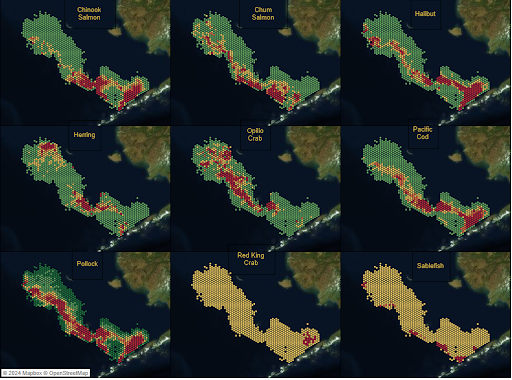Services
What We Do
Catch Accounting
VMS-AIS
Electronic Fish-Tickets
Observer Program
Environmental Data
Electronic Logbooks
Technical Support
We provide technical support for fishing companies and cooperatives. Using our information services, we provide clients with user pages to track quota of target and PSC species. We provide daily bycatch alarm notifications. Data analysts are always tracking in-season fishing and bycatch patterns. We provide weekly reporting and implementation of the AFA pollock IPA agreements, including the rolling hotspot closure program.
Time-Area Closures
VMS data and associated bycatch rates allow Sea State to set fine-scale time-area closures with the most up-to-date information available. The below map shows an example of one week of VMS tracks for the pollock fleet, avoiding a Chinook closure below the Pribilof Islands.
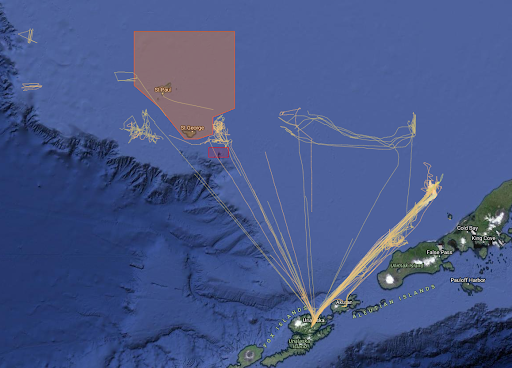
Bycatch alarms
Sea State supports an automated email system to alert fleets of hauls or fish tickets exceeding a bycatch threshold rate. The below map shows halibut bycatch rates per haul, including some that may have triggered a bycatch alarm email.
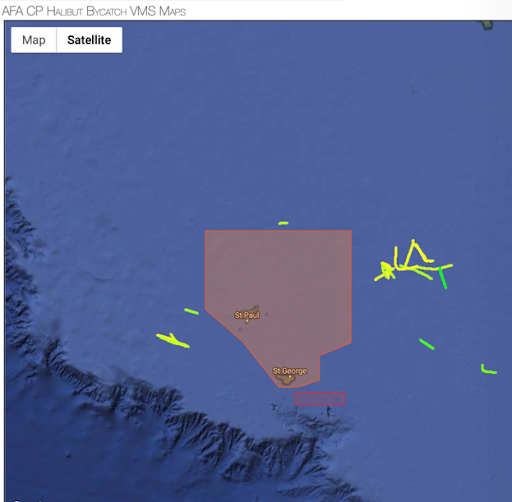
Weekly reporting
Several fleets subscribe to weekly reports summarizing both target and bycatch species patterns over the previous week, as well as season and year-to-date summaries. Below is an example of a page of a 2022 A-season pollock weekly report, including rationale behind Chinook closures based on data from the observer program and communication from the fleet on the ground.
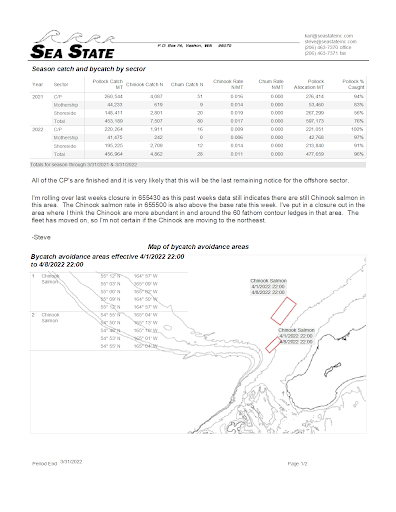
Rolling hotspot closure program
Salmon bycatch rates in the Alaska pollock fishery are monitored daily and potential closure areas are examined either weekly or biweekly depending on the fleet and season. VMS information, bycatch rates, communication with the fleet about real-time observations, and historical chum salmon genetics are used to place closures. Closure notices are distributed to the fleet, enforced over the next week, and then reassessed.
Closure violation notices
Compliance under the IPAs is high. If there were a closure violation, Sea State would identify the issue through VMS for vessels participating in 100% observer coverage or electronic monitoring.
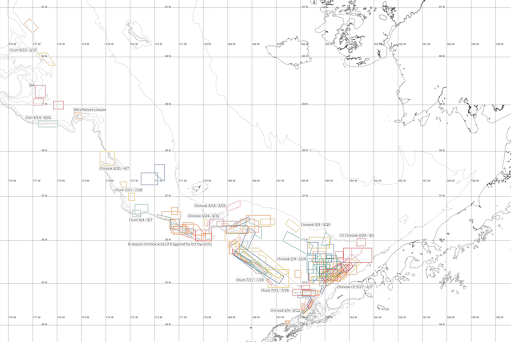
Data and policy analysis
Sea State works on various data, policy, and risk analyses in conjunction with other services to aid in future bycatch avoidance.
Recent topics have included:
- Salmon avoidance options by sector
- Spatiotemporal patterns in bycatch tradeoffs by species (see figure)
- Fishing patterns concerning potential West Coast BOEM wind turbine sites
- Risk assessment
